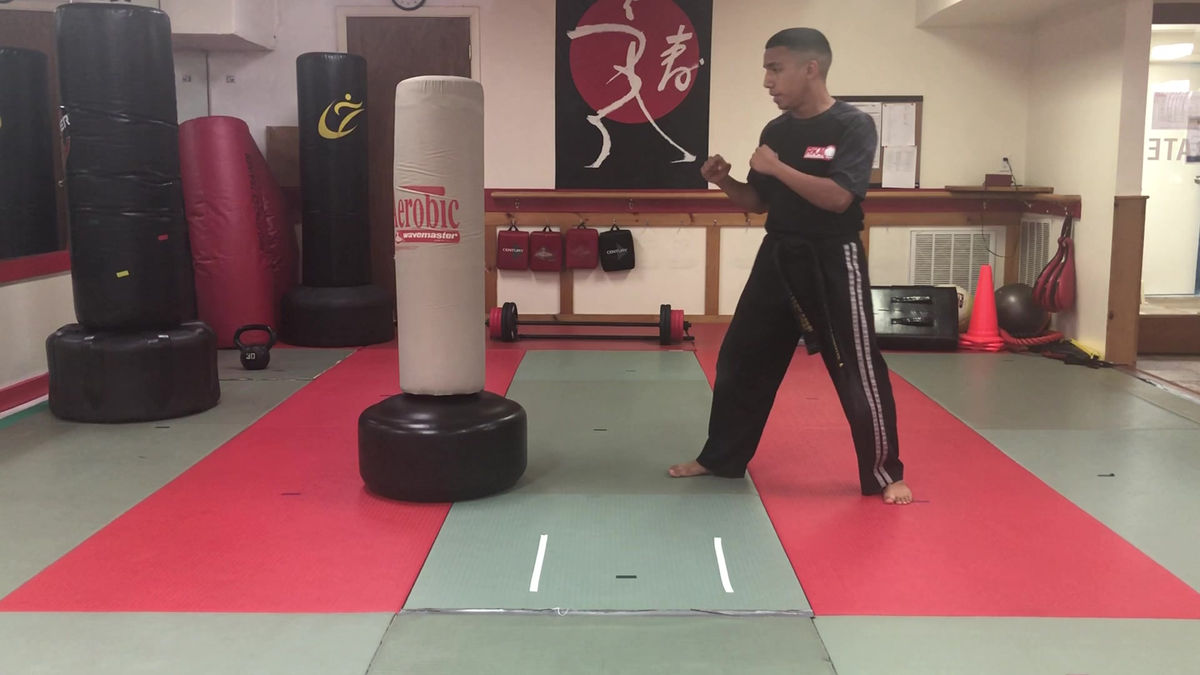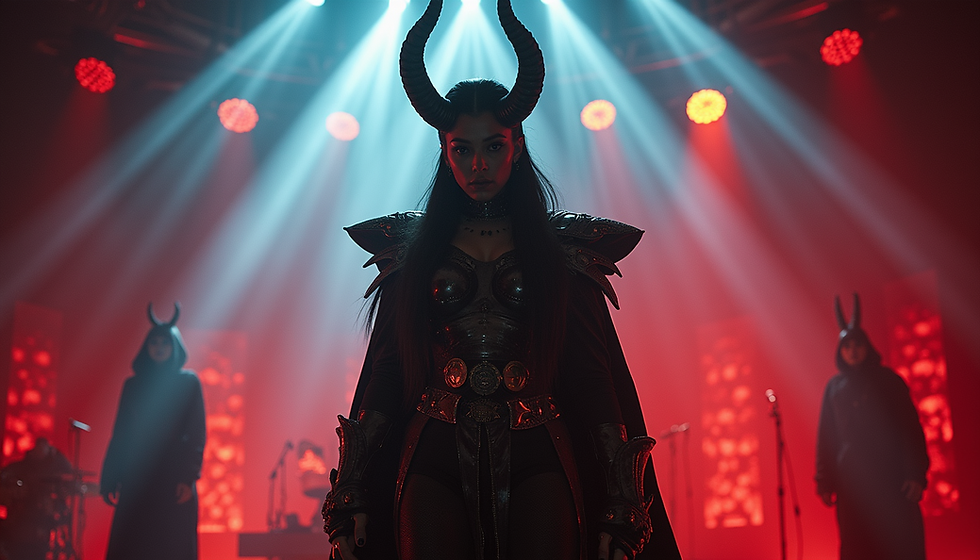Shuriken | Throwing Stars
- Joseph Fanning
- Sep 15
- 4 min read
Ah, ninja stars—or more formally, shuriken—are iconic symbols of ninja weaponry. These small, star-shaped projectiles are often associated with ninjas in pop culture, but their use was much more strategic and practical than the flashy portrayal you might see in movies and TV shows.
What Are Shuriken?
Shuriken are throwing stars that were used by ninjas as secondary weapons in feudal Japan. They're designed to distract, disorient, or injure opponents, but not necessarily to kill. The design and use of shuriken can vary, but the most common type is the four-pointed star, though there are also other shapes, such as cross-shaped or bladed versions.
Despite their widespread association with ninjas, shuriken were just one part of a ninja's arsenal, and their primary use was not for combat but for stealth, misdirection, and evasion.
Types of Shuriken
Shuriken can be divided into several categories based on shape, size, and purpose. Here are some of the most common types:
1. Hira Shuriken (Flat Shuriken)
Shape: These are flat, round discs with four or more sharp edges. They’re the most recognizable form of throwing stars.
Size: Typically about 3 to 6 inches in diameter.
Use: Hira shuriken were meant to distract or confuse an opponent rather than to cause serious injury. They could be thrown to create an opening for a ninja to escape or to disorient a guard or enemy.
2. Bō Shuriken (Stick Shuriken)
Shape: A long, cylindrical metal spike, typically 6 to 12 inches in length.
Use: These are thrown like darts and were used for more direct combat than the flat shuriken. They can penetrate targets more effectively due to their pointy shape, and their longer design allows for more precision.
3. Kaginawa Shuriken (Hooked Shuriken)
Shape: These feature a hooked design, allowing them to grab onto surfaces, rope, or enemies.
Use: They were less commonly used but could be employed in climbing or using the environment to gain an advantage in stealth operations.
4. Senban Shuriken (Multi-Pointed Shuriken)
Shape: These have multiple points (usually 4 to 8), resembling a flower or a fan.
Use: They were designed for distraction or to create multiple small injuries in an opponent. The additional points made them more likely to hit the target, especially when thrown in rapid succession.
5. Fukiya (Blow Dart Shuriken)
Shape: Although technically not a "star," the fukiya was a type of shuriken used by ninjas for stealthy attacks, often utilizing poison-tipped darts.
Use: The dart could be launched from a small pipe or tube and used to immobilize or kill targets silently from a distance.
How Were Shuriken Used by Ninjas?
Shuriken were not primarily used as weapons to kill enemies. Instead, they served multiple purposes:
1. Distraction
The primary use of shuriken was to distract or disorient an enemy. Throwing a few shuriken at a guard or adversary could create a moment of confusion, allowing the ninja to slip away unnoticed. The sharp sound or the flashing movement of a shuriken could easily divert attention.
2. Misdirection
A skilled ninja would often throw a shuriken to one side to divert the enemy’s attention while moving in the opposite direction. This tactic of misdirection was key to a ninja’s stealthy approach.
3. Harassment
In combat situations, shuriken were sometimes used to cause minor injuries that could accumulate over time. They weren’t intended to incapacitate an opponent outright, but multiple hits to vital areas (like the eyes or face) could weaken a target's ability to fight.
4. Escape Tool
If a ninja found themselves cornered or outnumbered, a few well-placed shuriken could create enough chaos to allow for an escape. They could serve as a quick, non-lethal way to slow down pursuers or break a confrontation.
The Art of Throwing Shuriken
Using shuriken required skill, precision, and practice. Here’s how they were typically thrown:
Grip: Shuriken could be thrown either with the fingers or held between the thumb and forefinger. For stick-style shuriken (bō shuriken), they were often thrown like a dart, with a sharp flick of the wrist.
Throwing Techniques:
Sideways Throw: The most common method for the flat, star-shaped shuriken involved holding the shuriken between the fingers and flicking the wrist for a spinning motion, so it would rotate and fly towards the target.
Overhand Throw: This technique was typically used for the stick-style shuriken, where the shuriken would be thrown directly at the target.
Targeting: A ninja would aim for less-lethal areas to incapacitate or distract—such as the face, hands, or torso. The goal was not to kill but to create an opening or cause confusion.
Cultural Significance of Shuriken
Shuriken, like many ninja tools, are imbued with symbolism. They represent the stealth, ingenuity, and resourcefulness that were hallmarks of the ninja. In Japan, they’re often seen as emblematic of the mysterious and elusive nature of ninjutsu, where cleverness and adaptability were valued more than sheer strength.
Interestingly, while the shuriken is popularly associated with ninjas in modern media, it was actually a tool used by various samurai and warriors as well. They weren’t just the domain of the ninja, though the ninja are the ones who are most synonymous with their use.
Shuriken in Popular Culture
In popular culture, particularly in movies, video games, and anime, shuriken have become one of the most iconic weapons associated with ninjas. Movies like "Ninja Assassin" or franchises like "Naruto" use shuriken as powerful, almost magical projectiles, which is a far cry from their historical use. They’re often shown as precision weapons capable of taking out enemies with a single throw, though in reality, their use was far more tactical and less dramatic.
Shuriken Collecting and Martial Arts
Today, shuriken are often collected by enthusiasts and martial artists. There are even competitions and martial arts schools that teach shuriken-jutsu (the art of throwing shuriken). These collectors often seek out authentic historical pieces, with older shuriken or those from famous swordsmiths commanding high prices. Modern shuriken are often made from high-quality steel, and some are even crafted to be used in traditional training.
Shuriken are fascinating both as weapons and as pieces of history. They were just one part of the diverse toolkit used by ninjas, and their enduring popularity in pop culture only adds to their mystique. Would you be interested in learning more about how to use them in martial arts or maybe some specific famous shuriken in history?
JoeMoe is an orange belt in karate.










Comments